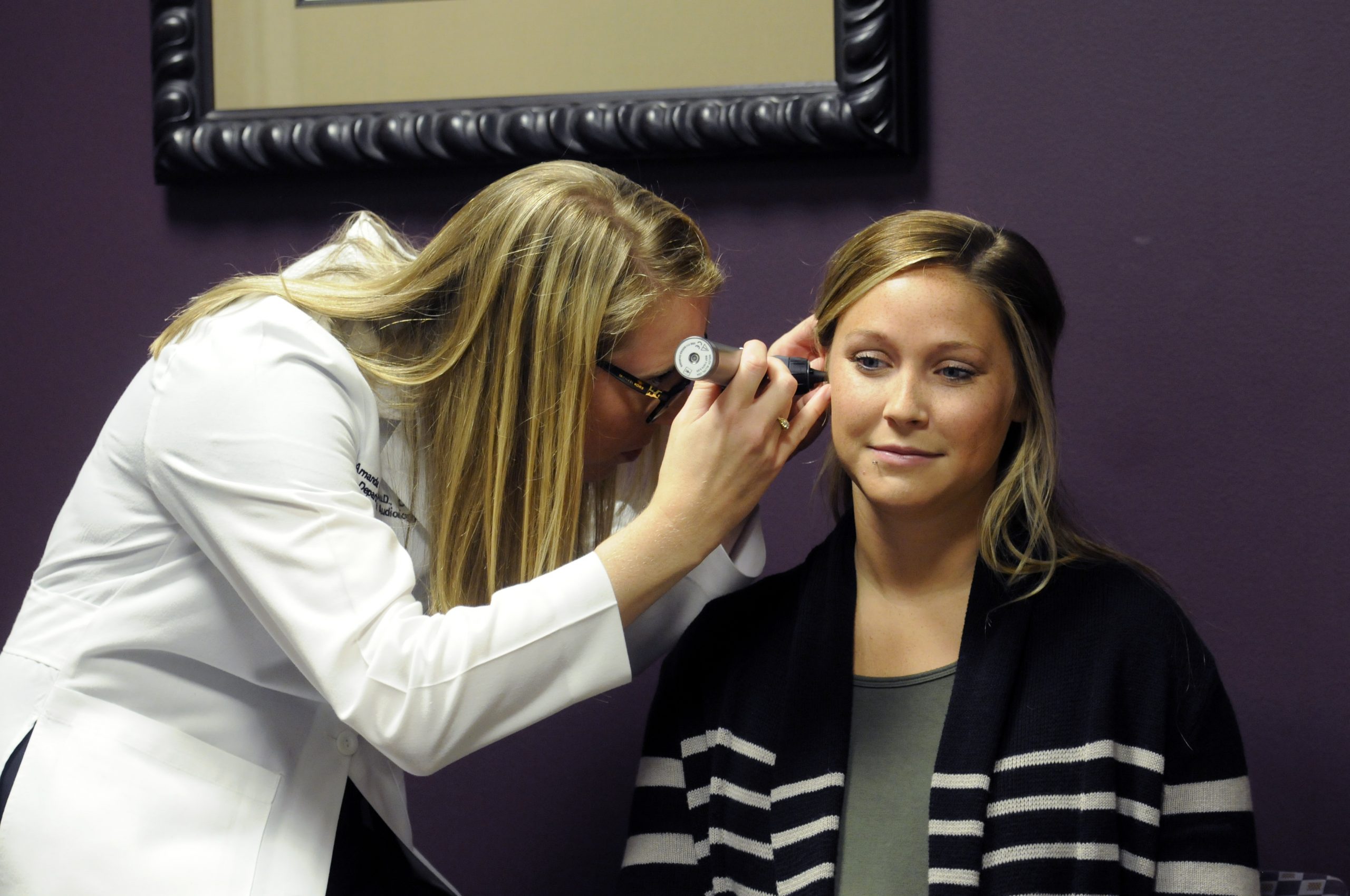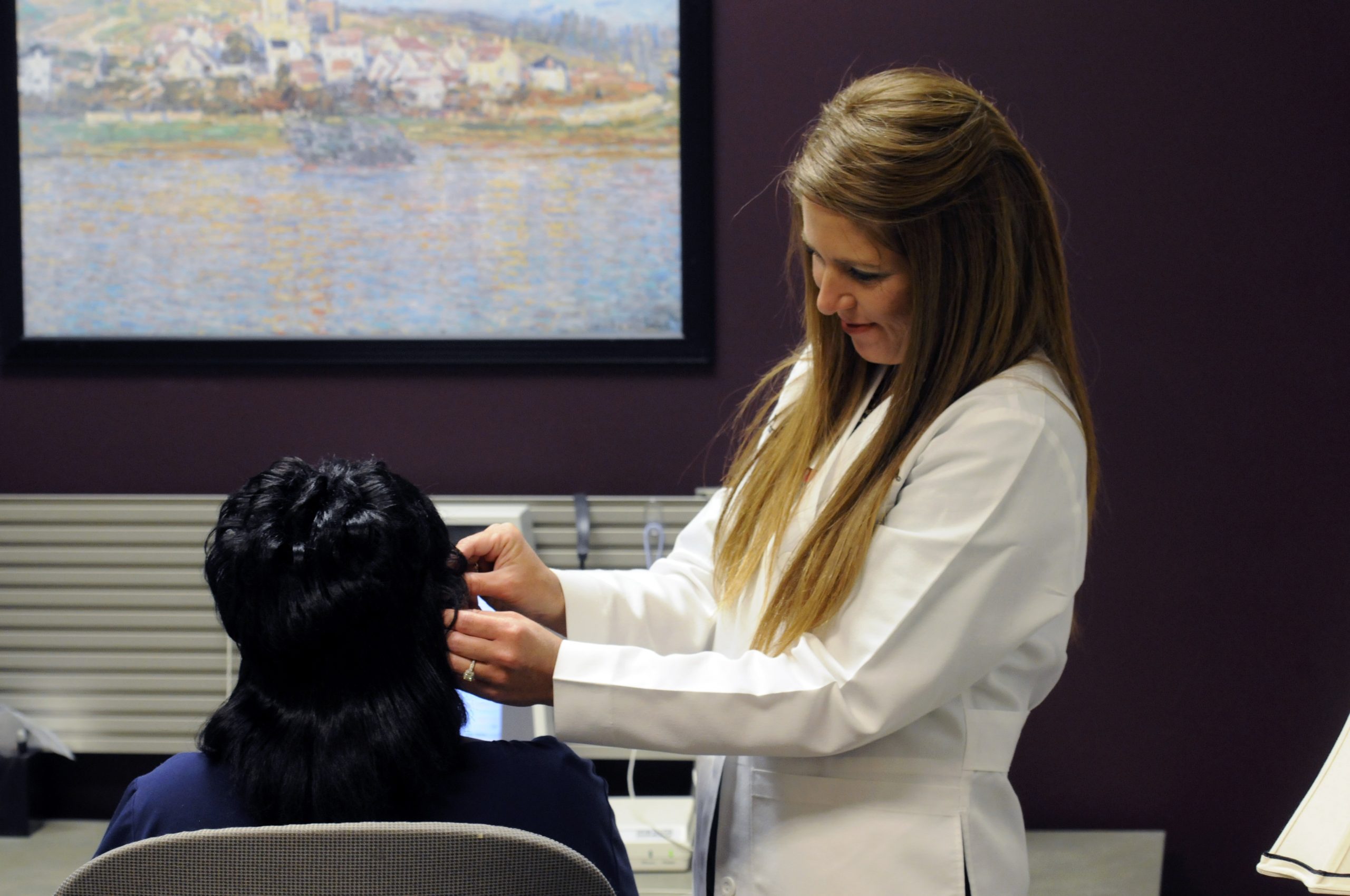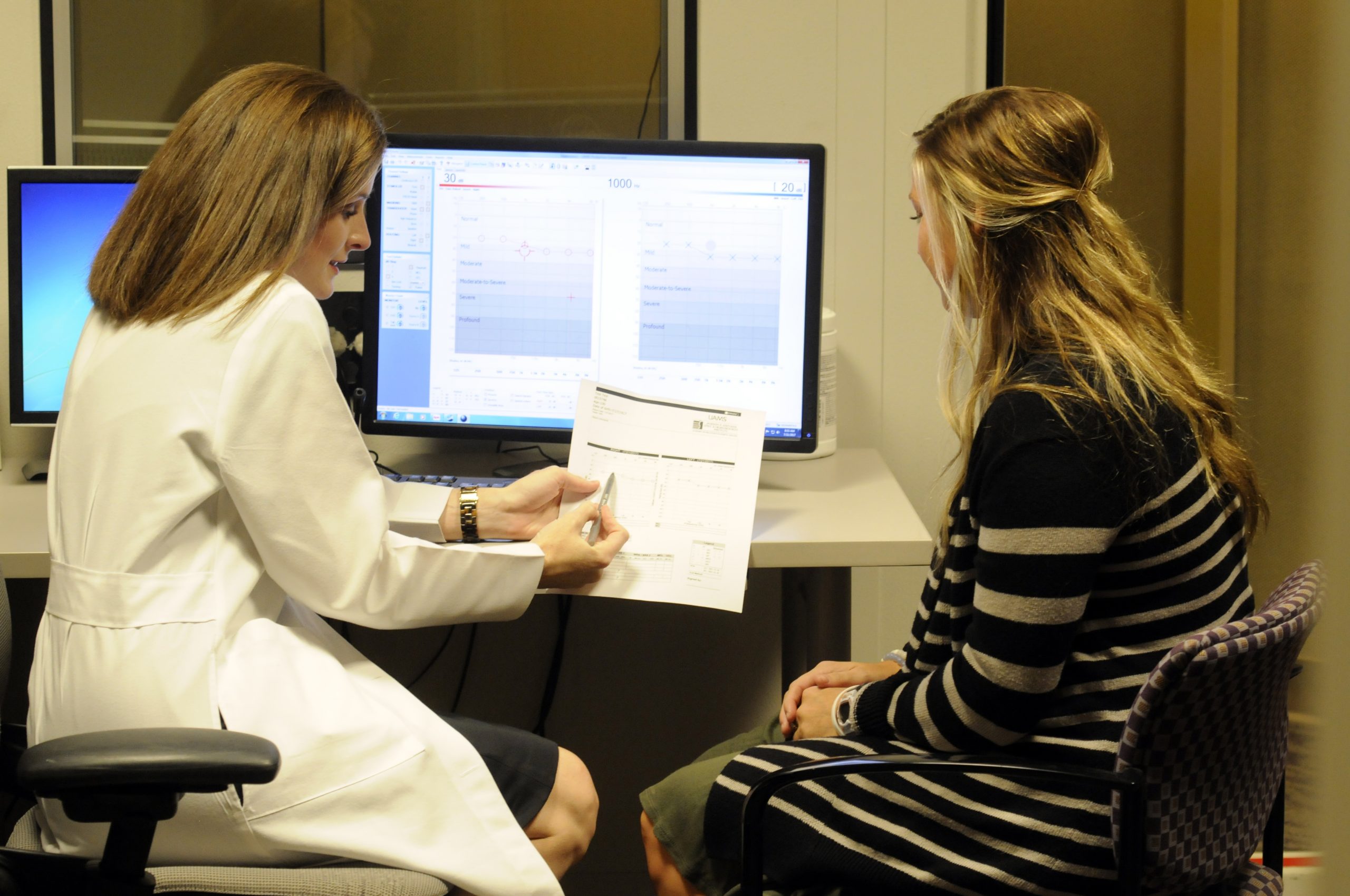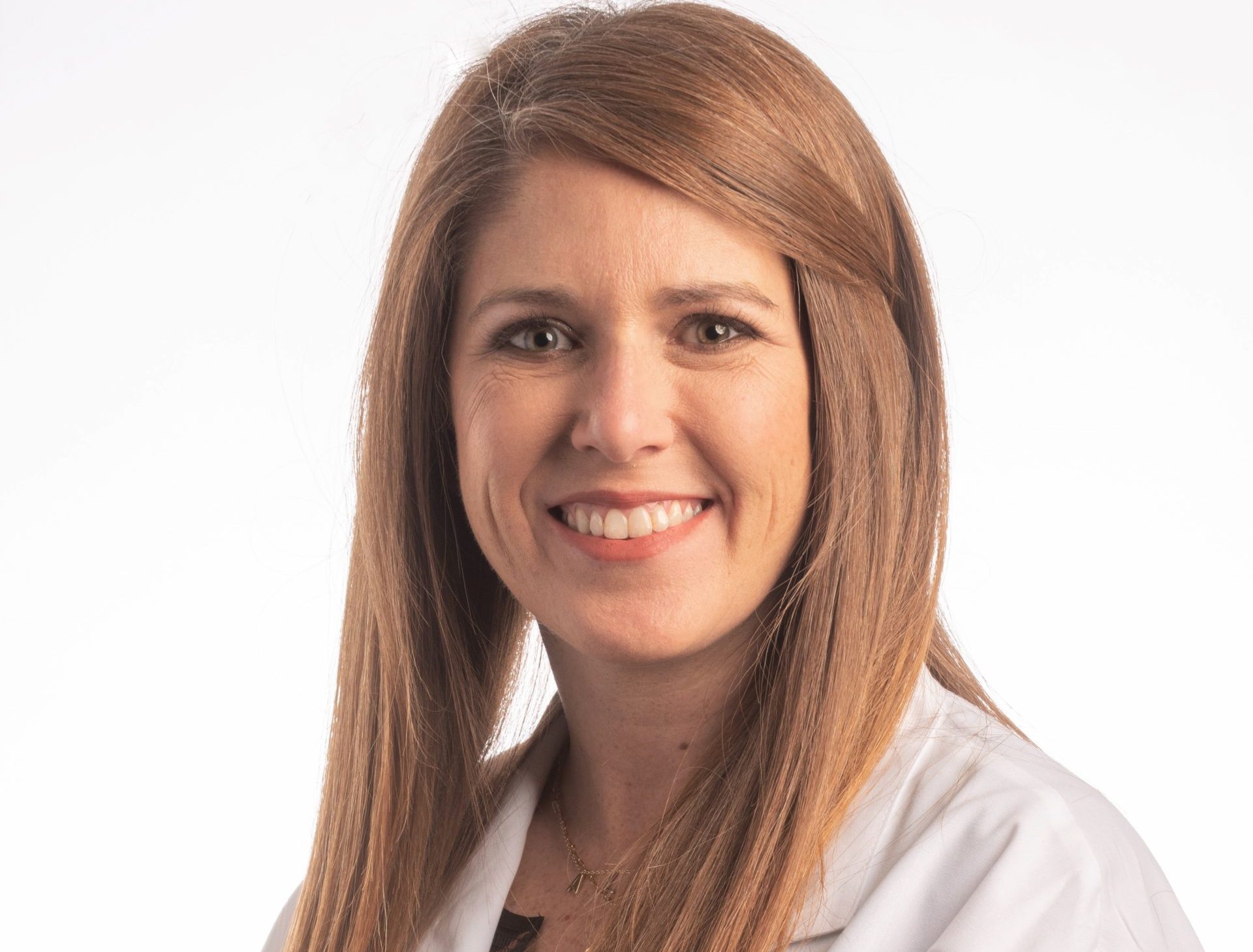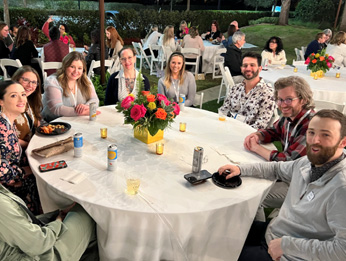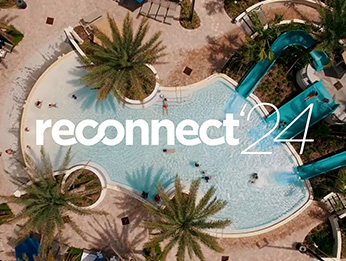1First, tell us a little about UAMS Medical Center and its audiology clinic.
We’re a full-service audiology clinic. We do hearing aids, cochlear implants, balance, and any kind of diagnostic testing. The only thing that we don’t do or offer is electrophysiology-type stuff. We have student interns in the clinic that we serve as preceptors for but we’re different from the student clinic. As far as our patient load, UAMS is the only level one trauma center in the whole state so we serve patients from all four corners of Arkansas. Beyond that, the UAMS Myeloma Center is one of the leading myeloma treatment institutes in the world. So, we might service hearing aids for a person from Alaska who is here for three or four months at a time for myeloma treatment. I also have a patient who lives in Arizona whose hearing aids we mail back and forth.
2Before becoming director, you worked in the clinic as an audiologist for several years. What was that transition like, and did it force you to look at the clinic differently?
It was kind of an interesting situation. We didn’t have a director when I was working here just as a clinical audiologist. But even though I wasn’t in charge of ensuring that our clinic was meeting standards or was profitable, having owned a private practice before, I was cognizant of and looking at things like cost of goods and reimbursement rate. Now as the director, I’m privy to a lot more information to make decisions and keep track of those numbers. So, it did shift my mindset a little bit and force me to look at numbers I didn’t even know I needed to be looking at. Our profession has become so business-driven but there’s no ifs, ands, or buts about it—absolutely nothing in the four years of your doctoral program prepares you to run a business. I think every audiologist should have to do like 30 hours of business training or get a minor in business. Because you can be a fabulous clinician and not have a frigging clue how to balance your checkbook.
3You attended your first CQ Managing Business Activities (MBA) workshop last year. Tell us why you signed up and what you were hoping to get out of it.
I was hoping to get a better understanding of our profit and loss (P&L) statement. How do I compile it? How do I read it? What does it mean? What information do I need to get access to, to make that an accurate report for me to look at on a regular basis? Finding KPIs (Key Performance Indicators) that are specific and meaningful to the clinic was also really important. Being in an institution like this, we’re always looking for ways to measure performance. It’s been a struggle to come up with quality measurements that are specific to us because the majority of your quality measurements for audiology are centered around hearing aids and how much you’re bringing in. Are we selling enough hearing aids? Are we making a profit? Are we making enough profit to cover our time and this, that, and the other? Because we’re not on commission and we don’t have a quota that we have to hit every month or a dollar amount we have to make every night, it’s easy to become lax and not even pay attention to those kinds of things.
4So what would you say were your most valuable takeaway(s) from the MBA?
One of the biggest was that we have to get some sort of practice management software (PMS) that will integrate with our EMR [Electronic Medical Records] software, Epic to make that data extremely easy and manageable to access. I had a meeting with [Regional Manager] Scott [Berger] the very next week and I was like, ‘Can y’all help a girl out? Is there some program out there that’ll do this stuff for me? I spent weeks going back and forth with Epic to find out how to run their different reports. And they’re like, ‘Oh, well, you can’t. There aren’t any reports for that.’ It’s not audiology-friendly. Another valuable takeaway from the MBA training was the importance of having goals for your front office staff and how they really lay the groundwork for every appointment. Afterward, I enrolled my front office person in the weekly teletrainings with Kate [Thomas].
5Explain the importance of having practice management software (PMS) specifically for audiology and why you chose Blueprint.
I always try to keep in mind that you don’t know what you don’t know, so you’ve got to figure it out. All of those KPIs I talked about—closure rate, the productivity of the clinic as a whole, the productivity of each individual provider—those are the numbers we need to be tracking but aren’t able to right now. The key was to find a PMS that would integrate with Epic, still be user-friendly, and not add additional work to our load—something that might be one or two more clicks of a button, but then we have an immeasurable amount of information at our fingertips. That’s really what Blueprint will allow us to do. We’ll be able to say, ‘here’s our missed opportunities for this week, now let’s send them a postcard or shoot them an email to see if we can get them back in the door.’ Right now, we have no way to contact our audiology patients. I can send messages to individual patients through Epic but when we had to close the clinic during the pandemic, I couldn’t send a blanket email to all my patients to let them know we were offering drive-through service and explain how it worked.
6Despite that and the pandemic, the clinic saw a significant increase in appointments and sales last year over 2019. How did you do it?
I’m going to give you the least politically correct answer possible: I don’t have a damn clue [laughs]. I really don’t. It all goes back to not having a way to track it. I don’t know if we made more money in March or in July. I have no earthly idea at this point. What I do know is that we increased staff. We had more people seeing patients when we came back from the COVID furlough. That was another thing: we never really shut down. After we figured things out, we always had someone in the clinic. We weren’t necessarily actively seeing patients, but we were still serving them, taking care of repairs and little things that popped up here and there. We also did a lot of training with our staff. Aside from the front office training, we worked with the providers to get them more comfortable with fitting different hearing aid brands. We were fitting a lot of devices that were more iPhone-friendly but when a patient walks in with an Android, you need to fit them with a device that’s going to be compatible. I think it really opened some of the provider’s eyes to the fact that they shouldn’t be narrowing a patient’s experience by being kind of locked into one product.
7What impact did COVID-19 have on your clinic, and do you think it’ll have a lasting impact on the industry?
I do. The minute they have to shut down and their revenue stream dries up, people start figuring stuff out real quick. But I think a lot of people in the industry already had it figured out. I attended a telehealth webinar a few months ago with an audiologist from Alaska who flies into one of their many little remote communities once a month or every two months and only actually works in the clinic for two days. The rest of the time, she’s remote and there’s just a technician there doing everything through the shoe-box audiometer. That was an eye-opener for me. She was like, “You people in the lower 48 don’t have a clue. We’ve been doing this telehealth thing for years.”
The pandemic has also changed our clinic dramatically. As a state-regulated institution, we have a lot more restrictions than private practices. I don’t know if legislation was passed or some kind of executive thing was approved, but overnight, we went from never being able to offer any kind of remote services to the university telling us to do whatever we needed to do to continue to have contact with patients—remote assistance, remote programming, tele-visits, a Zoom call, whatever. So that’s been interesting and it’s something we’re still doing.
8You actually did an interesting exercise with your team once the clinic reopened after COVID. Tell us about that.
Once the clinic fully reopened, my staff and I spent a week making note of everything we did in response to COVID then discussed what we could have done better and created a ‘pandemic playbook.’ Should we have had screening tables at the front door sooner? Yes. Could we have opened our drive-through a lot sooner? Probably. Hindsight is always 20/20. I wanted to do this so that if in 30 years anything like this happens again, we’ll be better prepared. We might be flying around in spaceships at that point but at least will have this playbook.
9While on that topic, what does the future hold for the clinic?
In the next two to three months, we’re actually going to be opening a second location which never in a million years did we think would happen. It’s totally uncharted waters. It’s going to be great because it’s going to give our patients greater access—they won’t have to drive all the way into the city. Also, on the first floor at the entrance of our building, there’s a large open room that would be a fantastic audiology storefront. It’s on my bucket list to make it that because then people could walk through the sliding doors and take five steps and be at the front desk of the audiology clinic to drop off or pick up batteries or whatever it might be. That would be fantastic.
10Is there anything else on your bucket list?
I see so much potential for this clinic. I think there’s so much more I can do here. We have the opportunity to grow exponentially. So, in five years, I will still be right here, just hopefully bigger and better. My goal is essentially to make every hearing healthcare patient in the state a UAMS patient. I mean, I don’t want to put anybody out of business. But I want all the patients.


